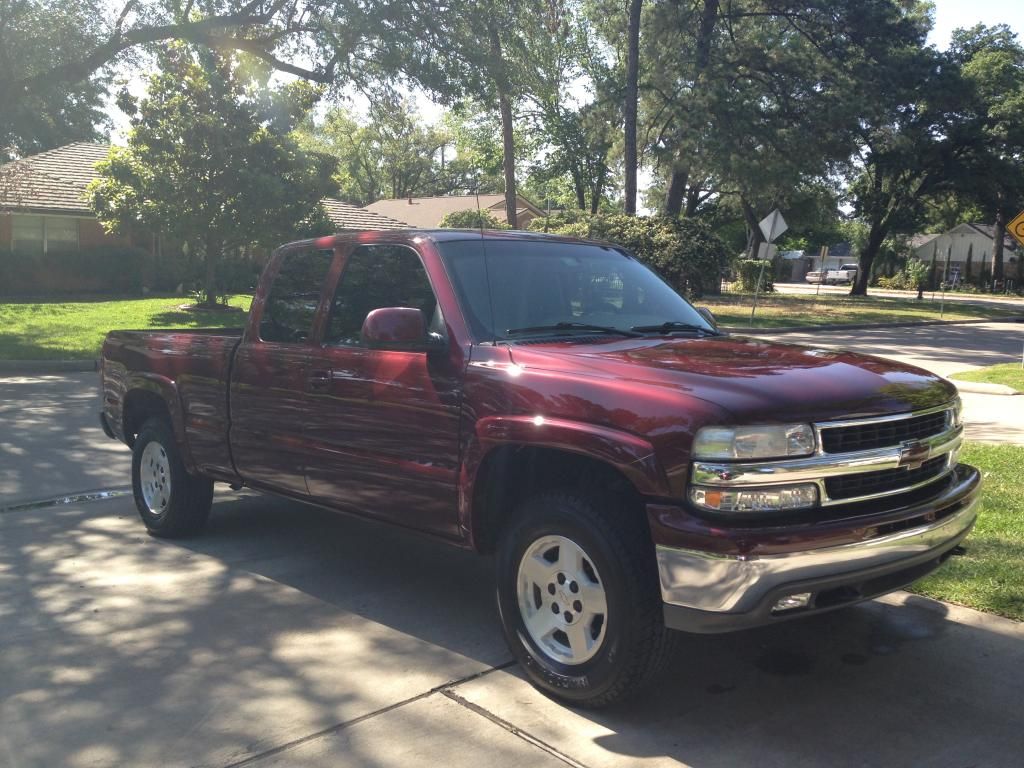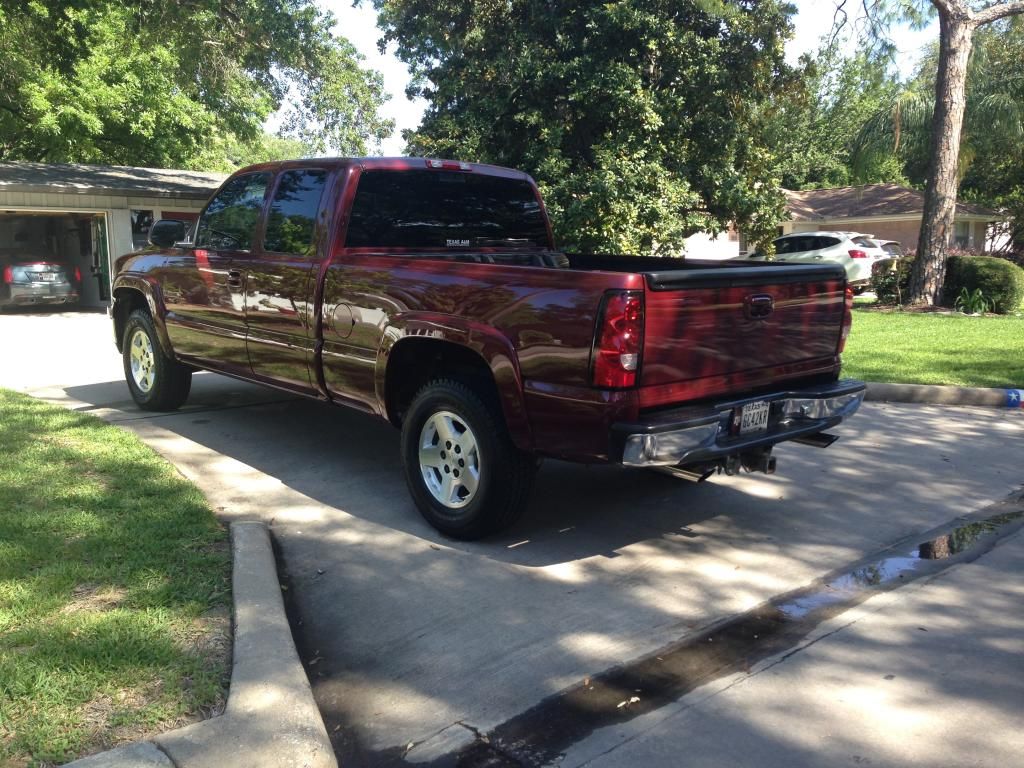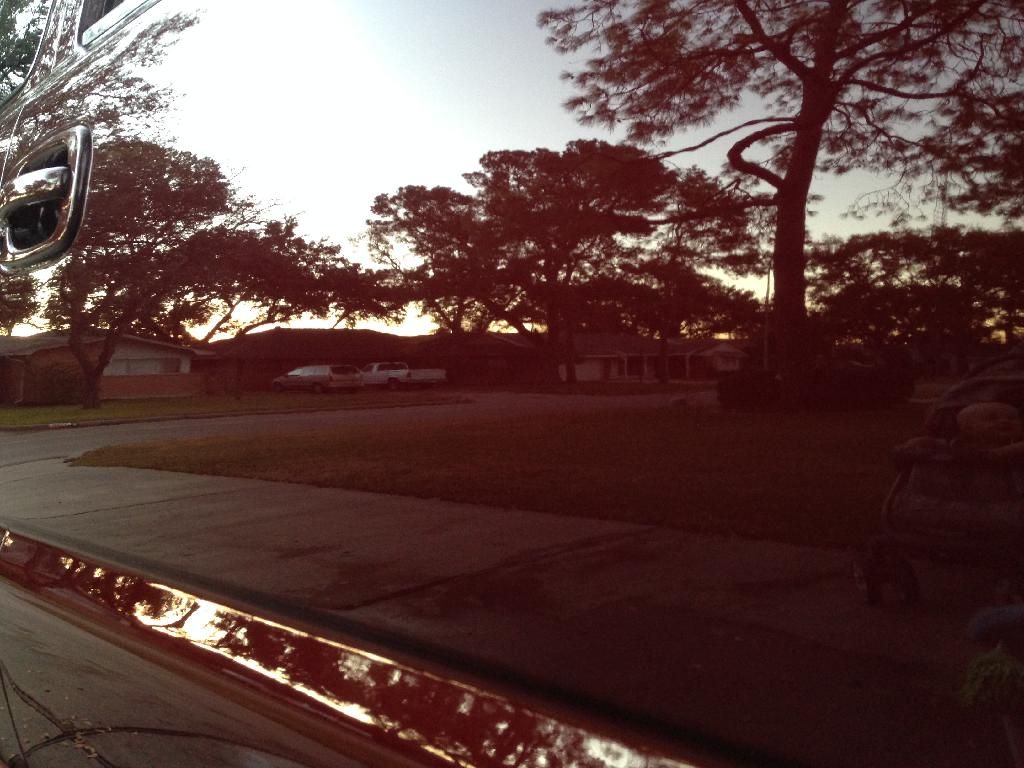Stone150
New member
- Apr 3, 2014
- 43
- 0
I recently purchased a rupees 21 to replace my old PC and I love it, so much more powerful, but I want to "polish all the things" now.
Anyways, on my 2001 Silverado I have 3 panels that are repaints and the rest are OEM paint. I have no problem polishing the repaints, but I am starting to worry about the amount of paint left on the OEM parts. Over the years I have polished the vehicle and what not, so I am a bit worried there is not allot left, although I was using the PC, so I don't think I was being that aggressive, it is just the number of times that worries me.
I wanted to polish my roof, as it looks particularly bad. I was able to get my hands on a PTG and most parts were about 4 mils, but the were points that ranged from 4.5 to 3.0. I wanted to do a very light polish, with the rupes, LC CCS white pad (maybe a black for less aggression) and the least aggressive polish I own - Menzerna micro polish. Is this something I can safely accomplish? I don't want to be defect free, just get the minor swirls out.
I've had the truck almost 10 years, it has 170k miles, it is currently on partial daily driver use, but I would like to retire it in the future to storage, until I can get a chance to rebuild it with my son.
It was actually stolen back in February and recovered, luckily the only paint work it needed was a new tailgate. but anyways. here it is. Glamour shots (has different headlights now)




Anyways, on my 2001 Silverado I have 3 panels that are repaints and the rest are OEM paint. I have no problem polishing the repaints, but I am starting to worry about the amount of paint left on the OEM parts. Over the years I have polished the vehicle and what not, so I am a bit worried there is not allot left, although I was using the PC, so I don't think I was being that aggressive, it is just the number of times that worries me.
I wanted to polish my roof, as it looks particularly bad. I was able to get my hands on a PTG and most parts were about 4 mils, but the were points that ranged from 4.5 to 3.0. I wanted to do a very light polish, with the rupes, LC CCS white pad (maybe a black for less aggression) and the least aggressive polish I own - Menzerna micro polish. Is this something I can safely accomplish? I don't want to be defect free, just get the minor swirls out.
I've had the truck almost 10 years, it has 170k miles, it is currently on partial daily driver use, but I would like to retire it in the future to storage, until I can get a chance to rebuild it with my son.
It was actually stolen back in February and recovered, luckily the only paint work it needed was a new tailgate. but anyways. here it is. Glamour shots (has different headlights now)



